A view across the Atlantic: Insights into the US-EdTech market
After four very successful international EdTech Exchanges this year, we closed our series of events on Thursday, December 2nd with an overview of the world’s largest EdTech market. In an exciting online exchange, representatives of the U.S. EdTech ecosystem gave Austrian as well as international EdTech companies an insight into the market, talked about current trends and possible entry strategies.
From a global perspective, EdTech is currently one of the most exciting trends of all, with a market volume of 84 billion US dollars in the school sector and an annual growth rate of 30 percent. “The U.S. alone accounts for about 50 percent of the volume of this global market,” says Julia Rauner, chief commercial officer at the United States Embassy in Vienna.
Current EdTech developments and trends in the USA
Some 1,400 EdTech companies are headquartered in the U.S., representing 43 percent of all suppliers worldwide. With these impressive figures, Rachel Alarid, International Trade Specialist and EdTech expert at the U.S. Department of Commerce, once again underscored the supremacy of the United States in the EdTech sector. Here too, of course, the pandemic was the biggest driver for the enormous development and adaptation of innovative EdTech solutions. The numbers on this are absolutely impressive: last year, spending by all U.S. school districts was $35.8 billion on digital equipment and educational technologies, 25 percent higher than 2019 spending.
“Some 1,400 EdTech companies are headquartered in the U.S., representing 43 percent of all suppliers worldwide.” Rachel Alarid, International Trade Specialist
With regard to the procurement of EdTech solutions, the U.S. Department of Education is currently focusing on three areas:
- Equitable access and use
- Responsible use of digital technologies, and
- Interoperability, i.e., the interaction of different applications
For providers, this means that not only is pedagogically valuable learning content relevant, but they must also address exactly how learners use the applications. They also need to offer appropriate solutions where there are different starting conditions, no or poor Internet access, or different device equipment. “One of our biggest challenges is reaching learners in highly rural or isolated areas with poor Internet coverage,” says Kevin Johnstun, Education Program Specialist within the Office of Educational Technology at the U.S. Department of Education. Technologically, solutions in the area of artificial intelligence and blockchain are particularly exciting at the moment. However, the aspect of interoperability between different EdTech solutions will have to become much more of a focus in the future. After all, there are currently around 6,700 different EdTech applications in the United States alone, and the average American school district uses 1,500 different solutions, adds Johnstun.
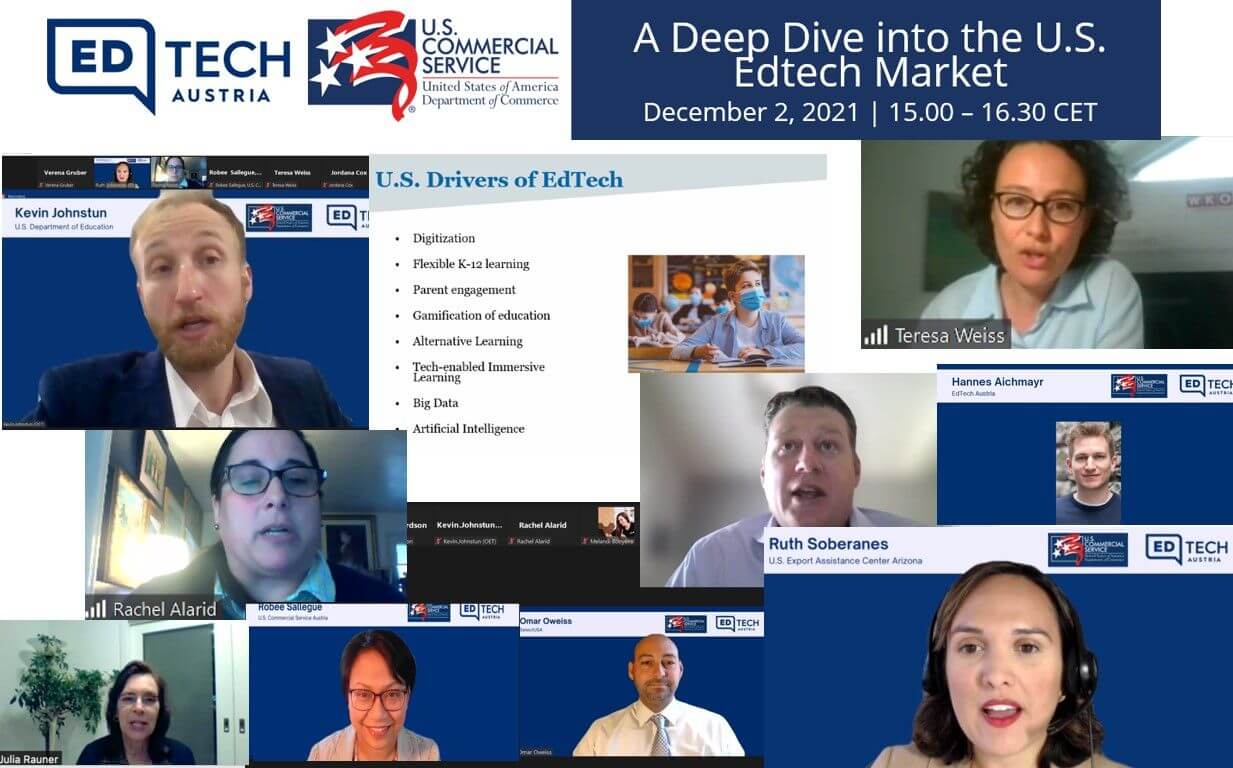
Market entry: approach and support programs
But if I can now offer a suitable, novel and innovative EdTech solution, how do I engage with the appropriate decision-makers in the school and university systems? Insights on this came from Chris Richardson, Chief Information Officer (CIO) at Arizona State University and currently interim CIO of the Arizona Department of Education. A traditional sales email is definitely not the way to go. He says it’s better to reach prospective customers at relevant industry events, such as the ASUGSV conference. He emphasizes that educational technologies must solve a real problem for customers and that decision-makers can be met here as well. It is important not to offer ready-made solutions, but to enter into an open exchange with the interested parties and jointly find the best solution for the problem.
Afterwards, Omar Oweiss, SelectUSA Coordinator for Austria, and Teresa Weiss, consultant at the Advantage Austria Office in Washington, reported on support programs for market entry. Especially exciting for Austrian EdTech companies is the Go International Program of the Austrian Chamber of Commerce. SelectUSA offers a variety of relevant services for international suppliers. Of particular note here is the SelectUSA Investment Summit to be held in June 2022. In view of the ongoing pandemic, a brief overview of current entry requirements was of course also not to be missed. The consulate of the United States in Vienna provided information for all those who are planning a business trip in the near future. In short: Double vaccination is a must. Up-to-date information on the regulations can be found on the consulate’s website.
About 70 participants attended the event. We would like to thank our co-hosts from the U.S. Commercial Service Office in Vienna. The event was moderated by our American colleagues Robee Sallegue and Ruth Soberanes. We are also already looking forward to taking a look at other international EdTech ecosystems and deepening our exchange with existing partners in the new year.
More articles
The following articles might also interest you.
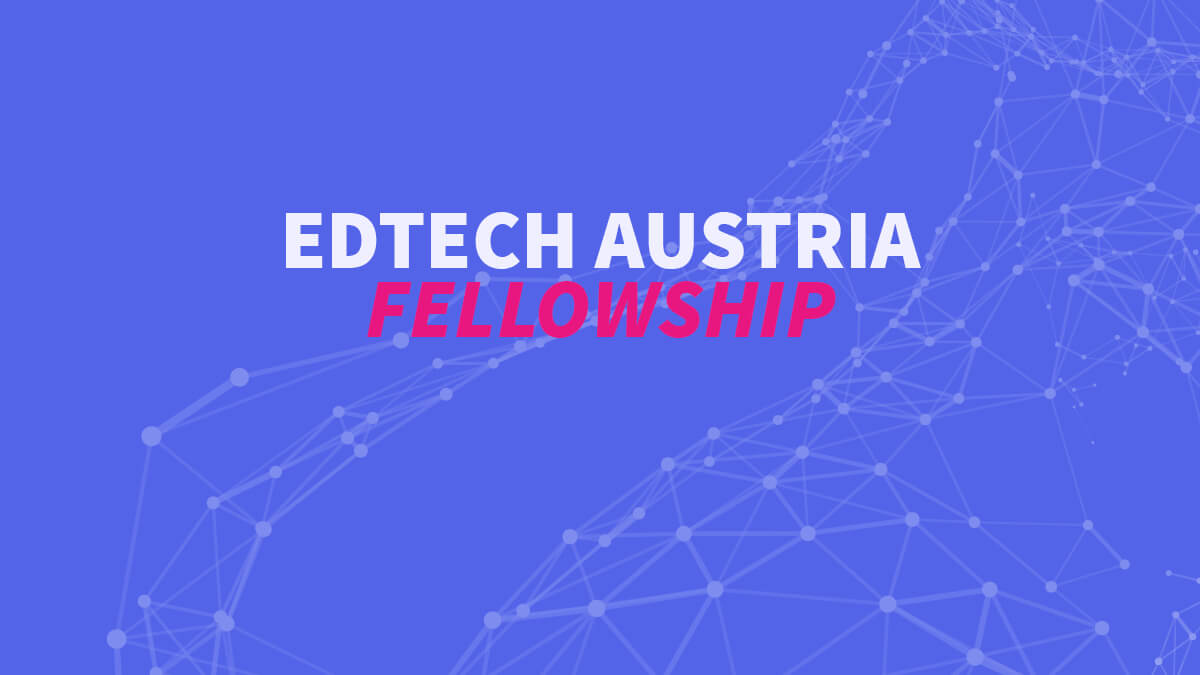
EdTech Austria Fellowship
24. October 2024

Lifelong Learning in Transition: Opportunities and Challenges of AI
17. January 2025
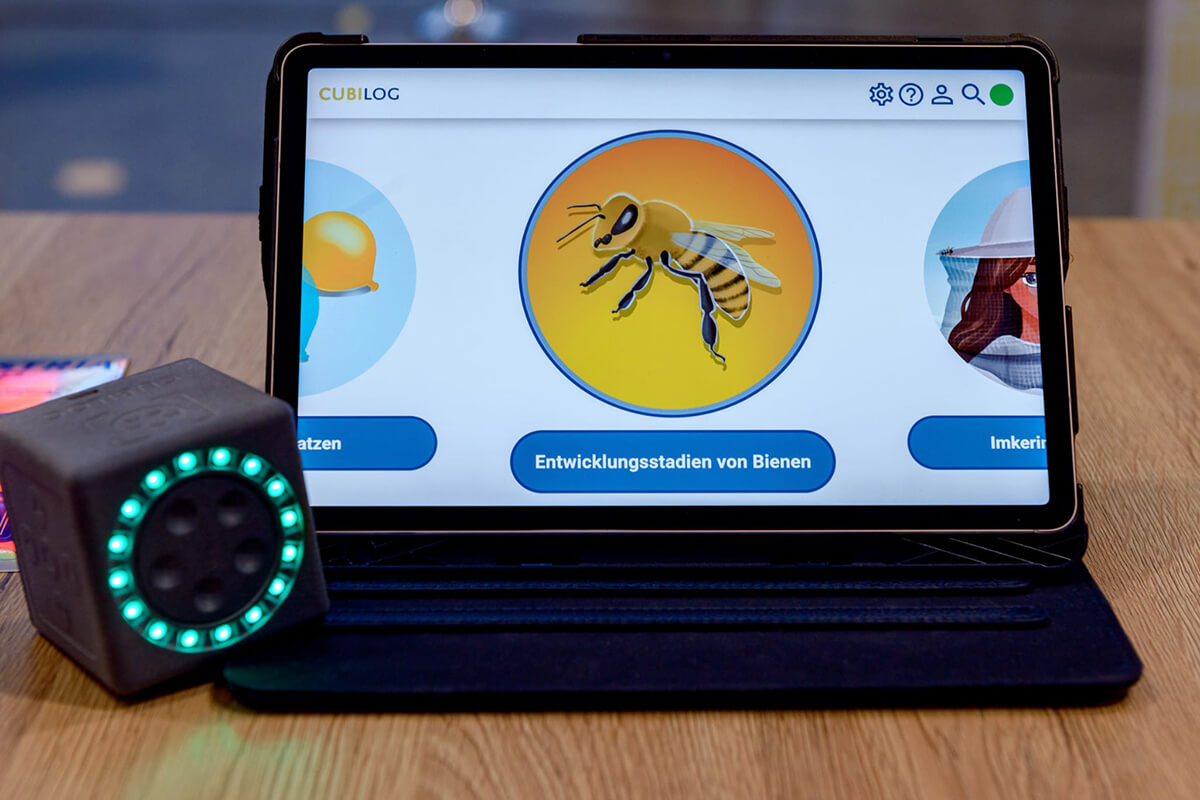
Motor and digital: Cubilog reimagines language development
16. December 2024
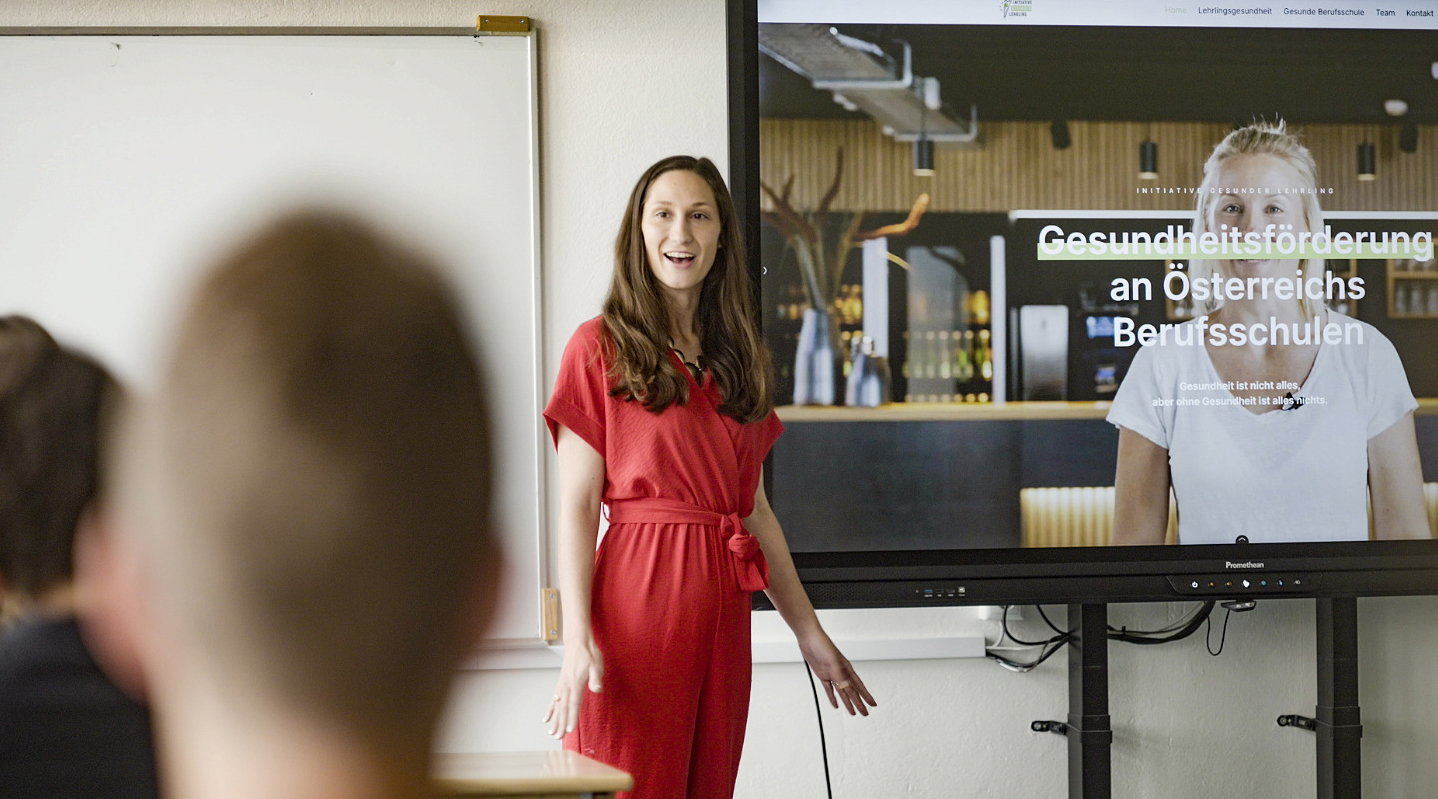
“Healthy Apprentice”: Health Literacy for Vocational Schools
28. November 2024
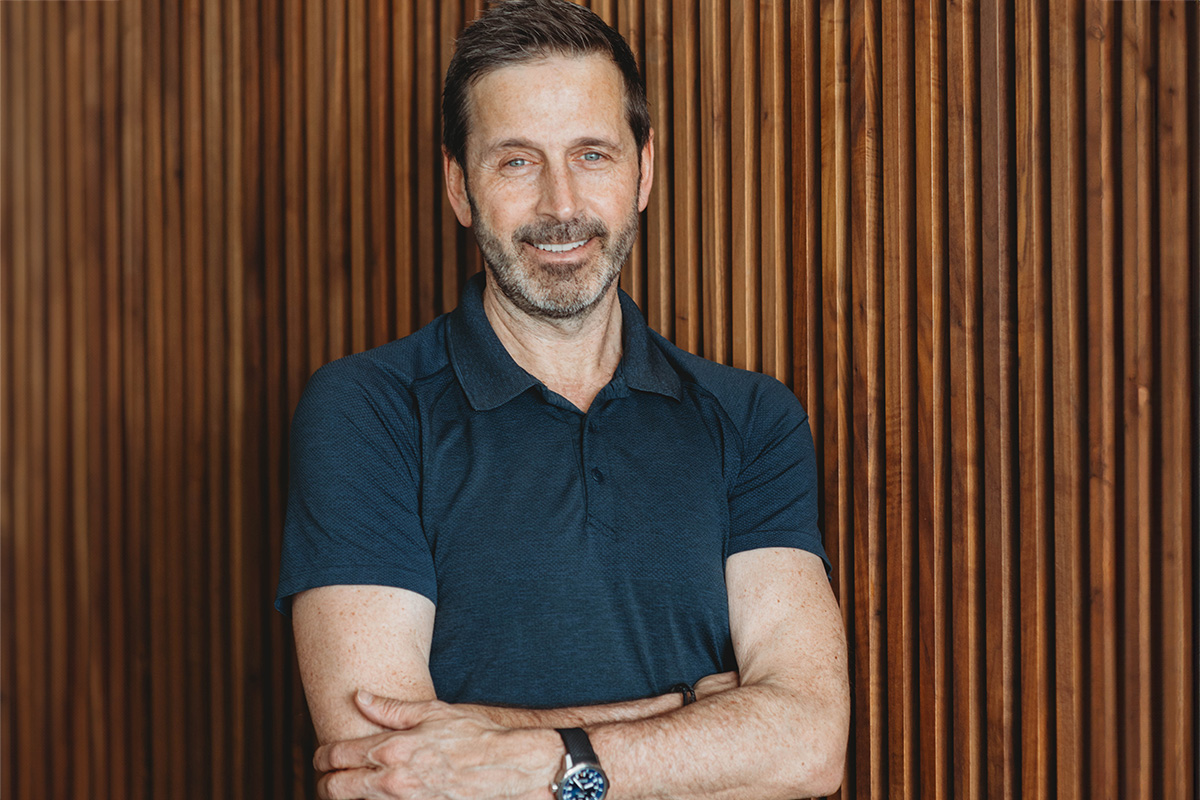
Good Days, Bad Days: “Upstrive” Captures Mental Health
15. November 2024
